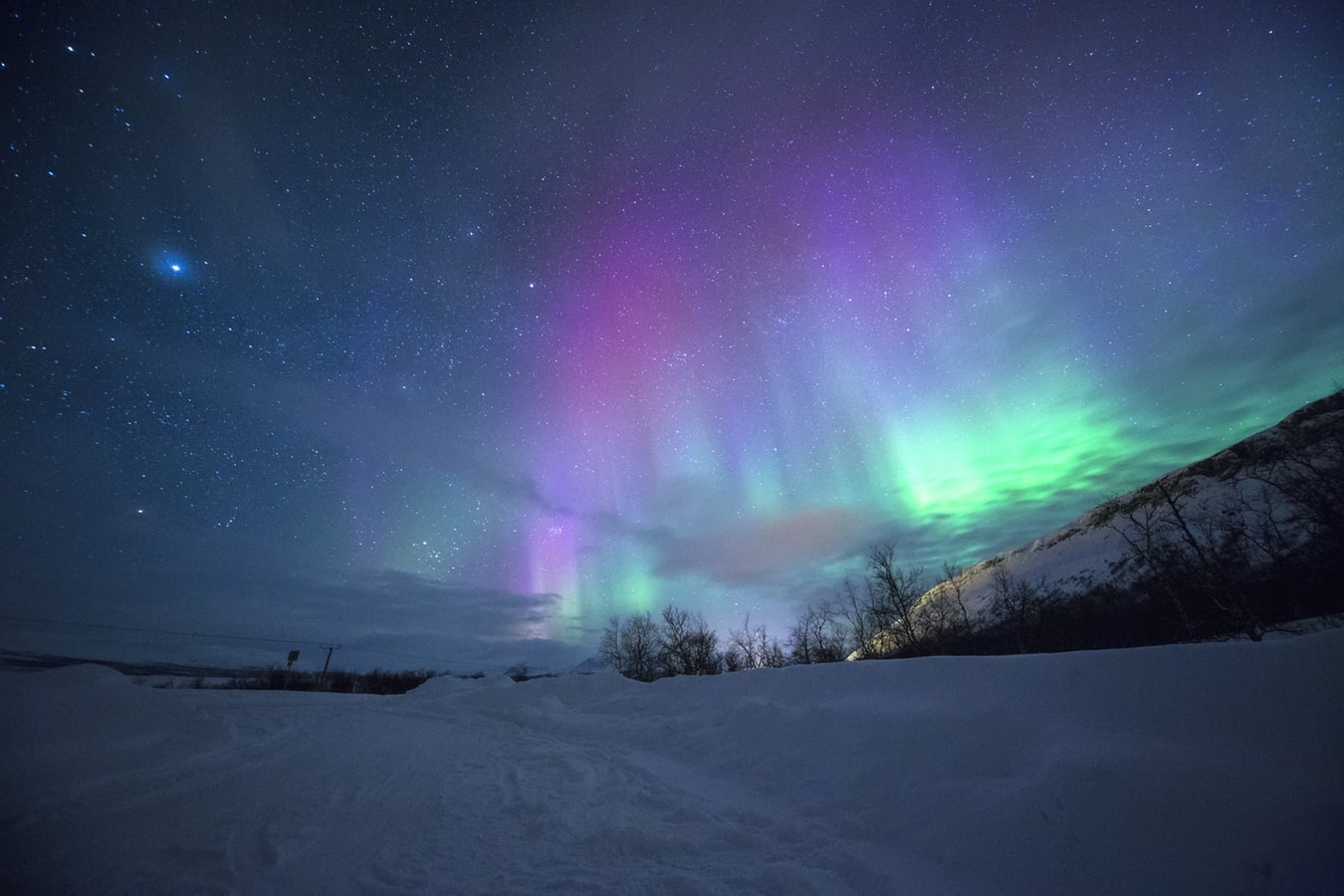Descripción/Description:
The "Centro de Estudios de Física del Cosmos de Aragón" (CEFCA) invites applications for a staff position of "Data Management Researcher" for the management, development and scientific exploitation of the data produced at the Observatorio Astrofísico de Javalambre (OAJ).
CEFCA is an independent research institute located in Teruel, Spain, whose main responsibilities are the development, operation, management, and scientific exploitation of the OAJ, as well as the processing and storage of the data produced by its astronomical facilities. The main telescopes at the OAJ are the 83cm Javalambre Auxiliary Survey Telescope (JAST80) and the 2.5m Javalambre Survey Telescope (JST250), both of them having large fields of view (FoV) and being equipped with panoramic instrumentation.
JAST80 has a FoV diameter of 2 deg and a panoramic camera, T80Cam, with a large format CCD of ~9.2k x 9.2k pix. The T80Cam@JAST80 system provides an effective FoV of 2 deg2. Apart from a 20% of Open Time dedicated to competitive P.I. projects, since 2016 JAST80 is primarily devoted to conduct the Javalambre Photometric Local Universe Survey (J-PLUS), whose second data release of over 2000 deg2 was offered to the community in 2020 (DR2) and the third data release of over 3000 deg2 is expected to be published by the end of 2022. In addition, within the framework of the OAJ open time, a new generation of legacy surveys with JAST80 is expected to start in 2023 for the period 2023-2027.
The data from T80Cam@JAST80 is being used also as a test-bench for the Javalambre Panoramic Camera (JPCam) already installed at the JST250 and currently in commissioning phase. The system JPCam@JST250 provides a 4.3 deg2 FoV with 14 CCDs identical to that of T80Cam. JPCam hosts a complete new set of 54 filters of ~140Å width covering the whole optical spectral range plus two broader filters at the blue and red ends to carry out the Javalambre PAU (Physics of the Accelerated Universe) Astrophysical Survey (J-PAS). J-PAS will produce photo-spectra of hundreds of millions of astronomical objects with a wide range of applications in Astrophysics and Cosmology. In addition, since CEFCA is an official leading node of the Ground Segment OU-EXT of the ESA Euclid mission, JPCam@JST250 will conduct the Javalambre-Euclid Deep Imaging Survey in g-band (JEDIS-g) in the next years.
The Unit for Data Processing and Archiving (UPAD) at CEFCA is the department responsible for the design and implementation of the hardware and software to conduct the archiving and treatment of the OAJ images and the by-products from their analysis. To achieve this goal, the UPAD department consists of astronomers, software engineers and hardware engineers working in close collaboration. The UPAD department is in charge of a data center that amounts to more than 5PBs of storage capacity, both in hard disks and in a tape library, as well as a scientific HPC cluster. In turn, the UPAD team is developing its own data reduction and data processing pipeline making use of common third-party open software like Python, Astromatic software (SExtractor, Scamp, SWarp, PSFEx), Gnuastro and photo-z codes like LePhare. Currently, the pipeline is in an advanced version and has been used for the data releases of J-PLUS and the public data release of the mini-JPAS project (mini-JPAS PDR201912). In addition, the UPAD department has also developed its own software and hardware tools to provide easy and flexible access to the data and metadata produced at the OAJ, following the VO standards under the FAIR principles promoted by the European Commission. The UPAD is in continue development and improvement of the data processing tools to meet the stringent scientific requirements of the different OAJ projects.
CEFCA is seeking for a researcher with long experience in massive data management, astronomical projects and optical imaging. The successful candidate is expected to assume the role of Head of the UPAD department, hence leading, managing and coordinating the UPAD team of astronomers, software and hardware engineers, as well as defining strategies and actions for the accomplishing of the UPAD objectives. She/he will be responsible for overseeing the hardware and software to do the archiving and treatment of the OAJ images. This includes the management of the hardware procurement for the UPAD and the HPC, the data management and data reduction pipelines, the long-term archival and access to the data, and guaranteeing access to the final users (PIs and collaboration members) to the final images and catalogues produced at the OAJ.
As a CEFCA staff researcher, the successful candidate will become full member of the J-PLUS and J-PAS collaborations. After three years of contract in this position, the researcher will get the "builder" status for the J-PLUS and J-PAS collaborations, hence having the right to appear as author of all the publications of both projects. In addition, the successful candidate will have the right to become Euclid member.
